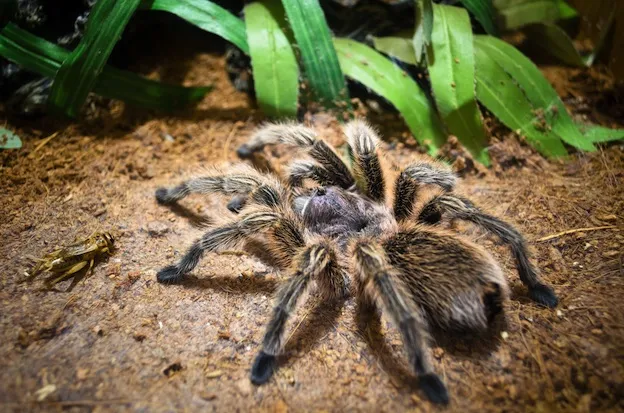Understanding Smithi Tarantula Feeding
The Smithi Tarantula, a popular choice among arachnid enthusiasts, is a fascinating creature to keep as a pet. Understanding its feeding habits is crucial for ensuring its health and longevity. Proper feeding not only provides the necessary nutrients but also mimics its natural behaviors. This guide delves into the specifics of Smithi Tarantula feeding, offering insights into their diet, feeding techniques, and common problems you might encounter. A well-fed tarantula is a happy tarantula, and a happy tarantula is a joy to observe and care for.
The Smithi Tarantula’s Natural Diet
In the wild, Smithi Tarantulas are opportunistic predators. Their diet primarily consists of insects, but they will also consume small vertebrates if the opportunity arises. Crickets, grasshoppers, and other insects form the bulk of their natural food sources. They are ambush predators, waiting patiently for prey to come within striking distance. Replicating this natural diet as closely as possible is key to providing a healthy life for your pet Smithi Tarantula. Understanding their dietary preferences will help you make informed decisions on what to feed your tarantula.
Live Prey Options for Your Tarantula
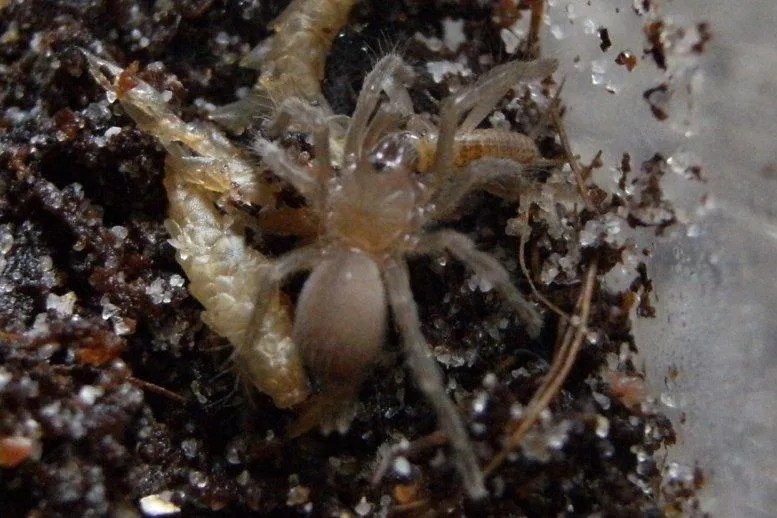
The best food for your Smithi Tarantula is live prey. This stimulates their natural hunting instincts and provides essential nutrients. Several options are readily available at pet stores or online. The choice of prey depends on availability, ease of care, and the size of your tarantula. Always ensure the prey is healthy and free from pesticides or parasites. Before introducing any prey item, research its suitability for your tarantula.
Crickets
Crickets are a popular and readily available food source. They are relatively easy to breed and maintain. However, crickets can sometimes be noisy and may require extra care to prevent escapes in the enclosure. Make sure to gut-load the crickets with nutritious food before feeding them to your tarantula. This enhances the nutritional value of the meal. Use appropriately sized crickets for your tarantula, considering their size.
Mealworms
Mealworms are another common food choice. They are easy to store and breed and have a longer lifespan than crickets. Mealworms are a good option for smaller tarantulas or as a supplemental food source. However, mealworms have a higher chitin content, which can be harder for tarantulas to digest in large quantities. Feed mealworms in moderation to prevent digestive issues and ensure variety in your tarantula’s diet.
Roaches
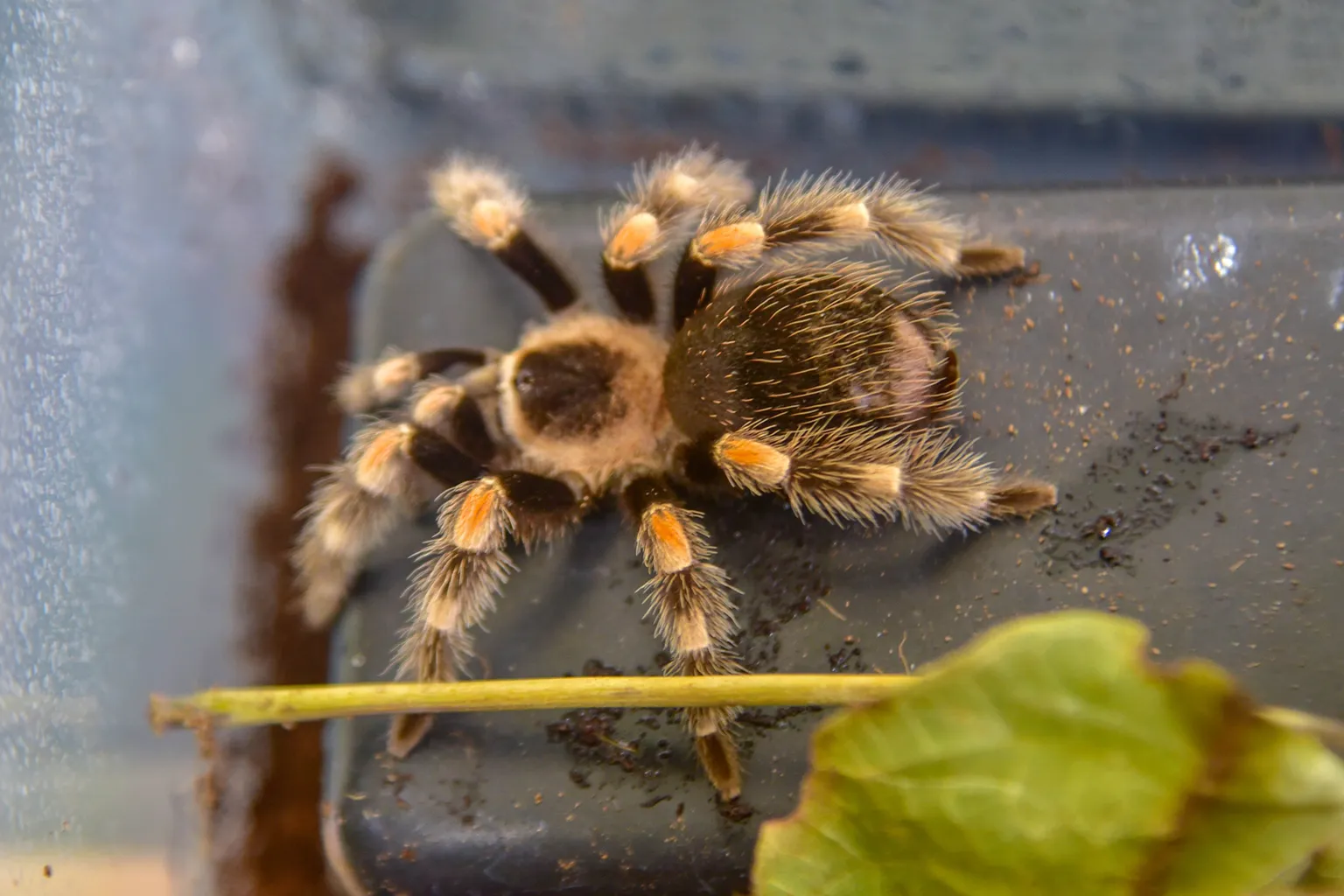
Roaches, such as Dubia roaches, are considered a highly nutritious food source for tarantulas. They are packed with protein and are easy to breed, and less prone to escape than crickets. Roaches are also less noisy and don’t burrow in the substrate like mealworms. They are a good staple food and provide a balanced diet. When using roaches as a primary food source, it’s crucial to monitor your tarantula’s overall health.
Prey Sizing and Frequency
The size and frequency of feeding depend on your tarantula’s age and size. A general rule is to feed your tarantula prey that is no larger than the size of its abdomen. Overfeeding can lead to health problems, while underfeeding can stunt growth. Observe your tarantula’s behavior and body condition to determine the appropriate feeding schedule. Adjust accordingly to ensure they get the right amount of food.
How Often to Feed
Spiderlings, or young tarantulas, require more frequent feeding, typically every 3-7 days. As they mature, the feeding frequency can be reduced. Sub-adults and adults can be fed once every 7-14 days. Some adult tarantulas may even go several weeks or months without eating, especially before a molt. Always ensure that fresh water is available regardless of the feeding schedule.
Prey Size Matters
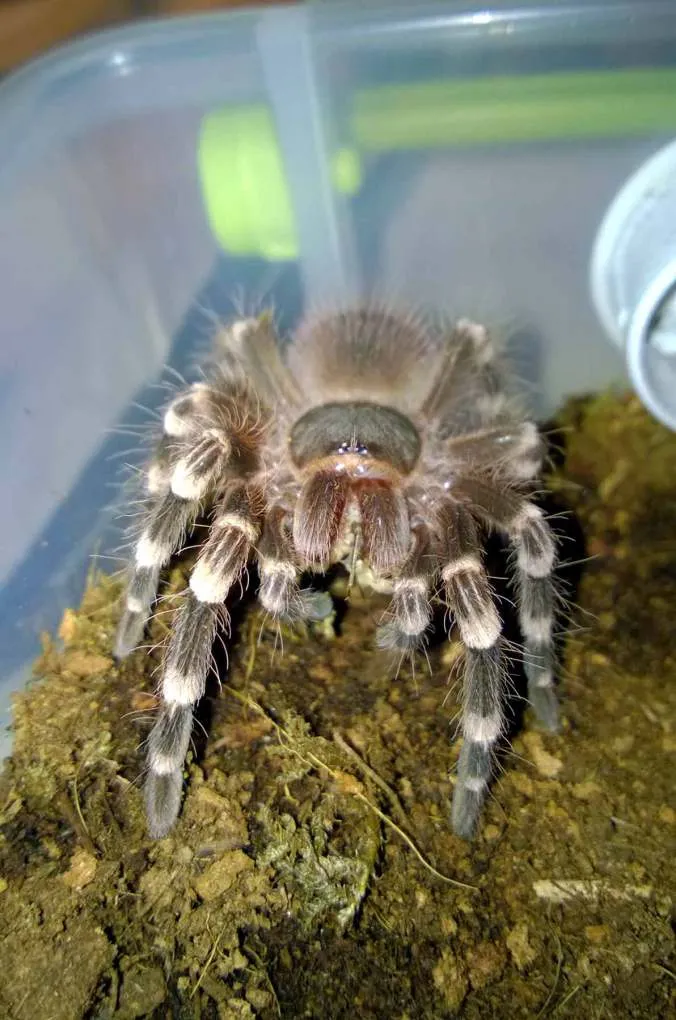
The size of the prey is critical. The prey should be appropriately sized, typically no bigger than the tarantula’s abdomen. Feeding prey that is too large can stress your tarantula and increase the risk of injury or even death during the hunting process. Provide a variety of sizes as your tarantula grows, ensuring a suitable and manageable meal. Pay close attention to your tarantula’s comfort during feeding to choose the best sizes.
Feeding Techniques for Your Smithi Tarantula
Proper feeding techniques are crucial for the safety of both you and your tarantula. The goal is to provide food while minimizing stress and the risk of injury. Patience and observation are key to successful feeding. Preparing the enclosure and introducing the prey carefully will help make the process smoother. Regular practice and observation help create a positive feeding experience.
Preparing the Enclosure for Feeding
Before feeding, ensure the enclosure is clean and well-maintained. Remove any old food or debris. Make sure the water dish is full and clean, as it provides essential hydration for your tarantula. Check the substrate and make sure there are no signs of mold or other issues that could affect your tarantula’s health. A clean environment promotes the overall well-being of your pet.
Introducing Prey
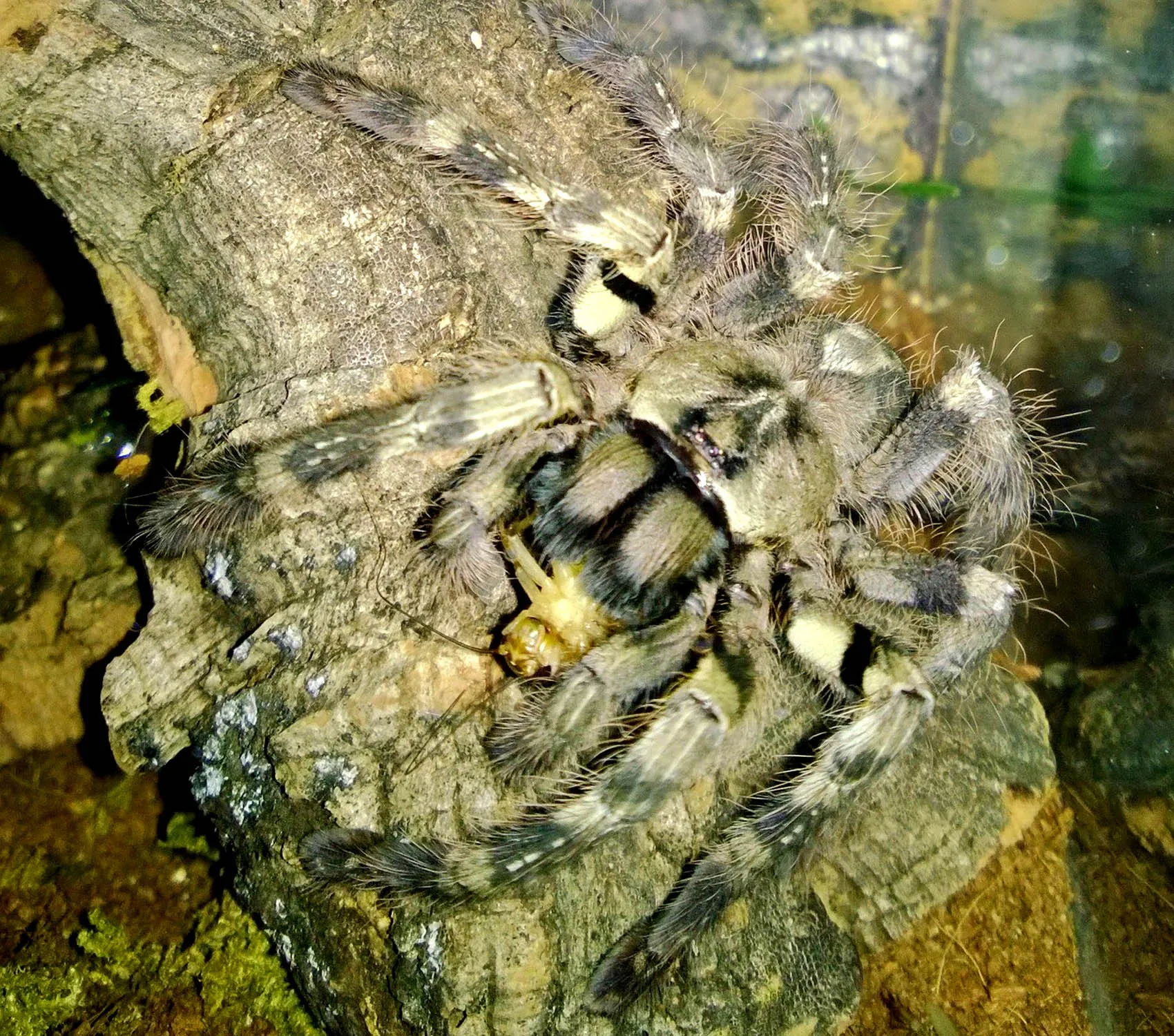
Carefully introduce the prey into the enclosure. Use tongs to gently place the live insect near your tarantula. Avoid dropping the prey directly on top of your tarantula, as this can startle them and cause them to retreat. Allow the tarantula to hunt naturally. Observe the tarantula’s response. If the tarantula shows no interest, remove the prey after 24 hours and try again in a few days.
Removing Uneaten Prey
After 24 hours, remove any uneaten prey. Uneaten insects can stress your tarantula and, in some cases, even injure it during molting. Uneaten prey may also disturb the tarantula’s habitat, and die in the enclosure. Always remove any uneaten food to maintain a healthy environment. Using tongs to remove the insects will protect you from possible defensive behaviors from your tarantula.
Providing Water
Always provide a shallow water dish filled with fresh, clean water. Tarantulas need access to water at all times, especially to stay hydrated. The water dish should be shallow enough to prevent drowning but deep enough for the tarantula to drink comfortably. Regularly clean the water dish to prevent the growth of algae and bacteria. A properly hydrated tarantula is crucial for its overall health and well-being.
Post-Feeding Care and Observation
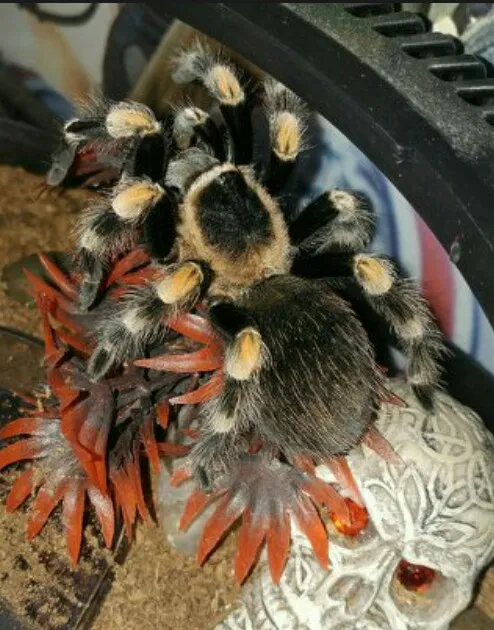
After feeding, observe your tarantula for any unusual behavior. Monitor its abdomen for signs of fullness. Provide a secure and undisturbed environment for it to digest its meal. The tarantula might go into a pre-molt state, and it is important to provide a stress-free environment at this time.
Signs of a Healthy Tarantula
A healthy Smithi Tarantula will have a plump abdomen, indicating it is well-fed. It will exhibit normal behaviors, such as hunting and moving around its enclosure. The exoskeleton should be shiny and free from any injuries. Observe the tarantula’s behavior during and after feeding, and use these observations to refine the feeding schedule. Consult a veterinarian if there are any concerns.
Common Feeding Problems and Solutions
Even with the best care, you may encounter some feeding issues. Understanding these problems and knowing how to address them is essential. Being prepared for common issues will help keep your tarantula healthy and thriving. Take preventive measures and be ready to address common issues when they arise.
Tarantula Refusal to Eat
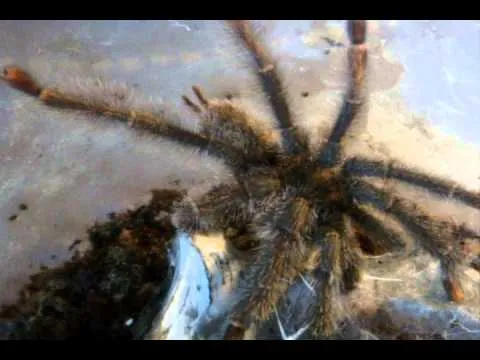
Tarantulas may refuse to eat for several reasons, including pre-molt, stress, or improper environmental conditions. Check the enclosure’s temperature and humidity levels to ensure they are within the appropriate range. If your tarantula is preparing to molt, it may stop eating for several weeks. Observe your tarantula for any other signs of illness or stress. Try different prey items and sizes, as your tarantula might have preferences. If the refusal continues for an extended period, consult with a veterinarian.
Overfeeding Risks
Overfeeding can lead to health issues, such as obesity, in tarantulas. This can make it difficult for them to molt. Always monitor the size of your tarantula’s abdomen to avoid overfeeding. Reduce the feeding frequency if your tarantula appears too plump. If the tarantula appears sluggish or shows signs of mobility problems, it is an indication that it might be overfed, and you should make adjustments.
Conclusion
Feeding your Smithi Tarantula is a critical aspect of responsible pet ownership. By understanding their dietary needs, using appropriate feeding techniques, and addressing common problems, you can ensure your tarantula lives a long, healthy, and fulfilling life. Regularly observe your tarantula, adapt to its needs, and enjoy the rewarding experience of caring for these amazing creatures. With the right knowledge, you’ll have a thriving pet and an enriching experience.
